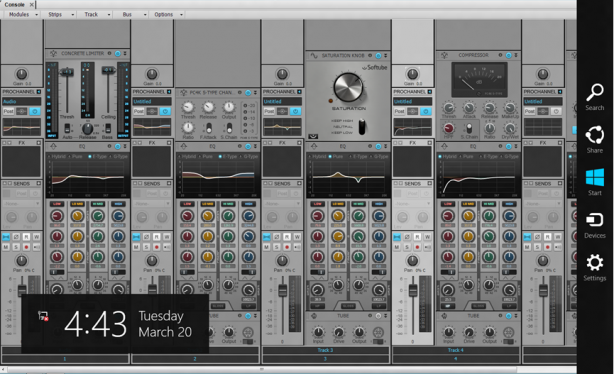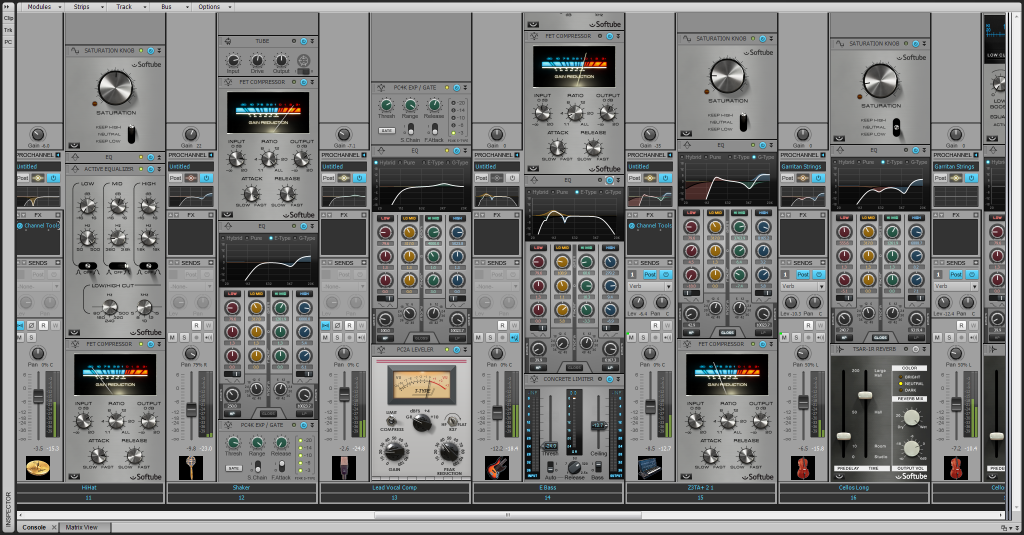You’ve seen it before. That painful scanning procedure on startup that makes many DAWs seemingly take forever to let you start actually making music with them. Is it a necessary evil? I mean without it you wouldn’t have all your plugins available to you.
Or would you?
SONAR X1 has a very sophisticated and clever mechanism that only scans your plugin folders for changes – and it does this with incredible speed. In fact, it’s almost imperceptible. With “Scan VST Plug-ins On Startup” checked in SONAR’s preferences you get the best of both worlds; newly installed plugins ready and available and yet a blazingly fast startup time without the painful wait of other DAWs. Who wants to wait for an excruciating VST plugin scan when all you want to do is rock? Continue reading “Why you should use "Scan VST Plug-ins On Startup" in SONAR X1. Really.”







